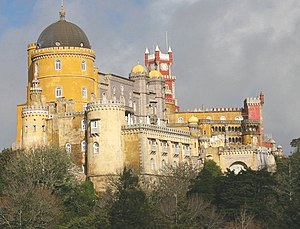Neo-romanticism
He regards it as synonymous with "the age of Wagner", from about 1850 until 1890—the start of the era of modernism, whose leading early representatives were Richard Strauss and Gustav Mahler (Dahlhaus 1979, 98–99, 102, 105).
Critics such as Hermann Bahr, Heinrich Mann, and Eugen Diederichs came to oppose naturalism and materialism under the banner of "neo-romanticism", demanding a cultural reorientation responding to "the soul's longing for a meaning and content in life" that might replace the fragmentations of modern knowledge with a holistic world view (Kohlenbach 2009, 261).
[citation needed] Within the Modern Arabic literature, neo-romanticism began in the early 20th century and floureshed during the 1930s–1940s, that sought inspiration from French or English romantic poetry.
Most famous its part is the Mahjar ("émigré" school) that includes Arabic-language poets in the Americas Ameen Rihani, Kahlil Gibran, Nasib Arida, Mikhail Naimy, Elia Abu Madi, Fawsi Maluf, Farhat, and al-Qarawi.
Beginning in the mid-1930s and continuing through World War II, a Japanese neo-romantic literary movement was led by the writer Yasuda Yojūrō (Torrance 2010, 66).
